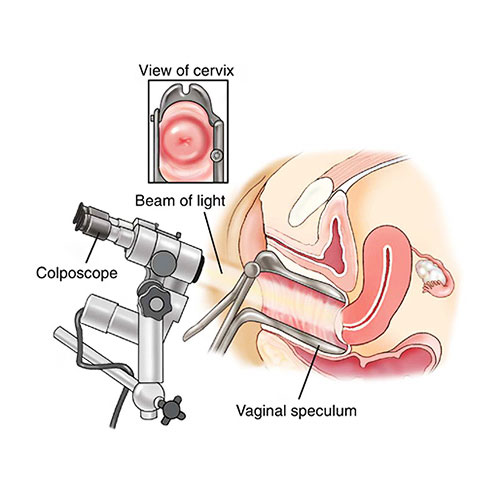Chikitsaa Polyclinic
Shop 17-18, next to Dr. Akerkar’s
Mumbai Arthritis Clinic, Mayuresh
Srishti, opp Asian Paints, L.B.S
Road, Bhandup (W).
Timings : 6:00 pm to 8:00 pm
Dr Meena's Multi-Speciality Hospital
10 A/B, Tank Road, Miniland,
Bhandup West, Mumbai - 400078.
OPD Consultation: 11am - 1pm & 8pm - 10pm
Video Consultation: 10am - 11am & 7pm - 8pm
Medicure Hospital
By Appointment Only
Call Us
+91 8850291836 /
+91 9930902081
Email ID
drprabhaobsgynaec@gmail.com
